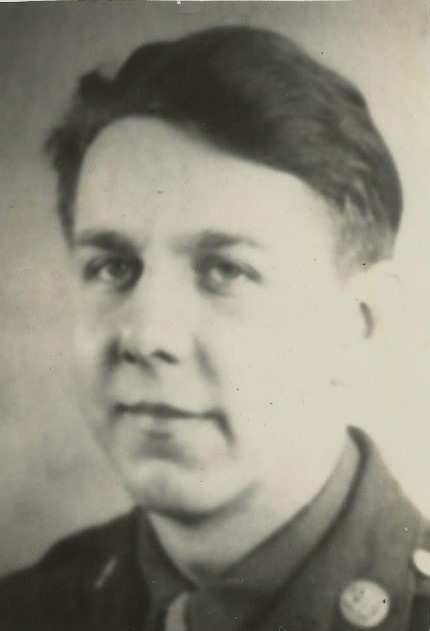MEMORIAL BIOGRAPHY for ROBERT O. BOWSER, WWII VETERAN
NEVER FORGOTTEN: Proudly Served Our Country
Robert O. Bowser was born on February 10th, 1925 in Tidal, PA. He grew up on his Grandfather Helm’s farm. He finished 8th grade and at 14 years old went to work cleaning and delivering cars for a local car dealer. Bob was quite the “hell” raiser when he was young; he was always in trouble with the cops for speeding. He felt leaving town was the best option for him because he was in so much trouble all the time and needed discipline. So, in January 1943, at age 17, he lied about his age and signed up for the US Army.
Obedience in the military came pretty darn fast. He watched other guys in his platoon get in trouble and learned very quickly not to volunteer for anything and keep his mouth shut. Robert’s basic training was at Fort Eustis, Virginia where he trained in hand-to-hand combat, bayonet usage, shooting rifles (M1) and throwing grenades. He also drove a truck while explosive charges were set off under and around the vehicle simulating battle conditions to see how he would react.
After basic, as a “Private 1st Class,” he was assigned to “Battery A 634th Anti-Aircraft Artillery Automatic Weapons Battalion” and drove a half-track armed with a quad 50 caliber turret mounted on the back.
From Fort Eustis he went to Army Camp Shenango in Meadville, PA to await overseas deployment. On October 9, 1943, in New York City, he boarded an English ship to cross the Atlantic Ocean to England. He landed in Southhampton, England on October 17, 1943 and then transferred by train to Bournemouth for field training. His anti-aircraft training was in New Castle, England.
Robert was awarded 5 bronze stars for his participation in 5 major battles. Omaha Beach, June 6, 1944 is known as the bloodiest battle. He was with the third wave going ashore. Surviving the invasion at Normandy and about 7 weeks later, St. Lo – Battle of Hedgerows in July 1944 was the next battle he survived.
December 1944, came the Battle of the Bulge. Trying to fight his way out while Germans fought their way in, he was completely surrounded for 9 days outside of St. Vith. With help from General Montgomery and General Bradley, on December 25th his platoon broke through the German line.
February 1945, during Battle of Roer River Crossing, he had to protect the Infantry from aircraft and ground fire so engineers could build a foot and pontoon bridge to get trucks and tanks across.
March 1945, Battle of Remagen was the last and worst big battle he survived before the war ended. November 1945, in Cherbourg, France, he boarded a Navy ship to go home.
Some things he said he would “never” talk about like the effects of “after war” and bringing family members home for burial. Some things he was not proud to say he did. But, in war and desperation, people do desperate things. A lot of times he was scared to death, but had to put his fears aside. He had a job to do. Robert was very proud of his service to his country and what he did to maintain our freedom. He lived with these memories every day of his life. Robert died, February 13, 2018 at age 93, a very proud veteran.
Written by daughter, Lynda Suwala; Created DHS, Veterans Biographies Foundation, 4-26-19





